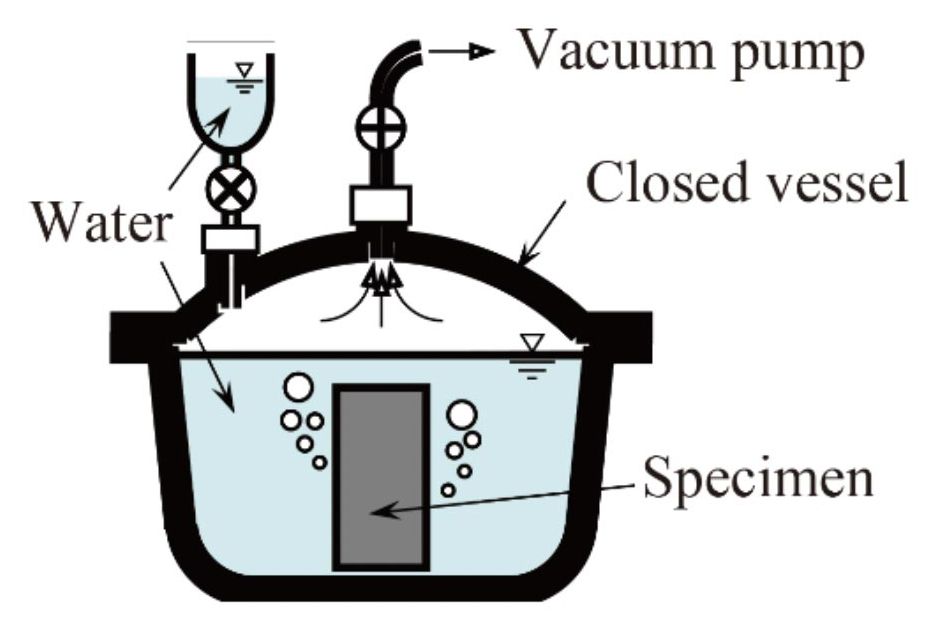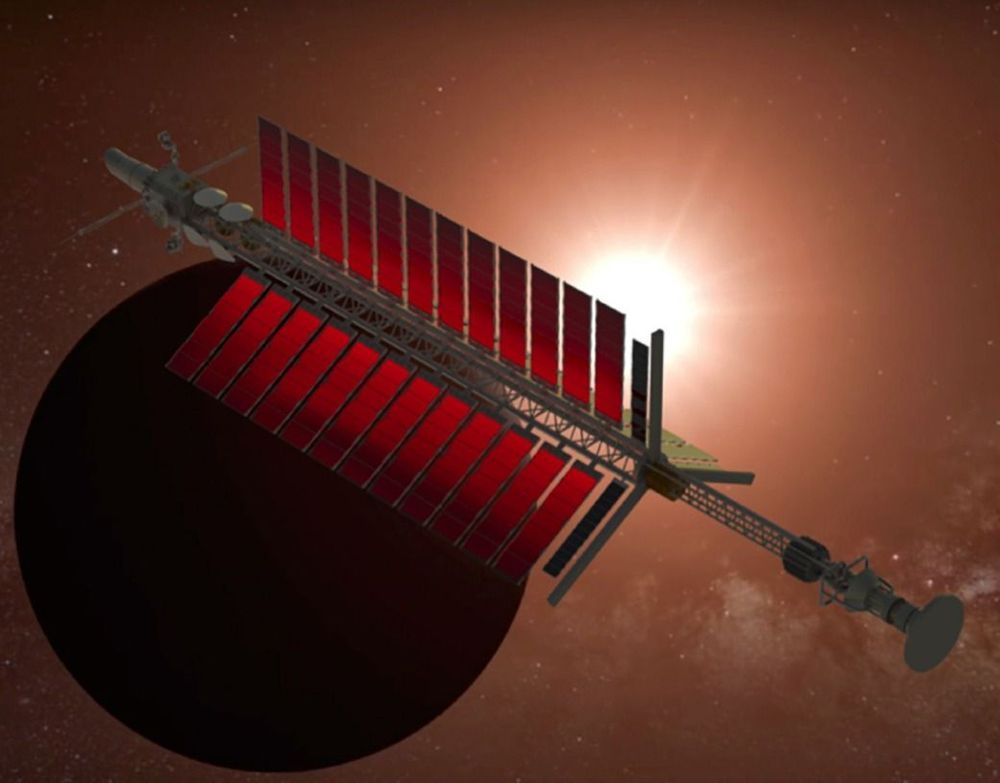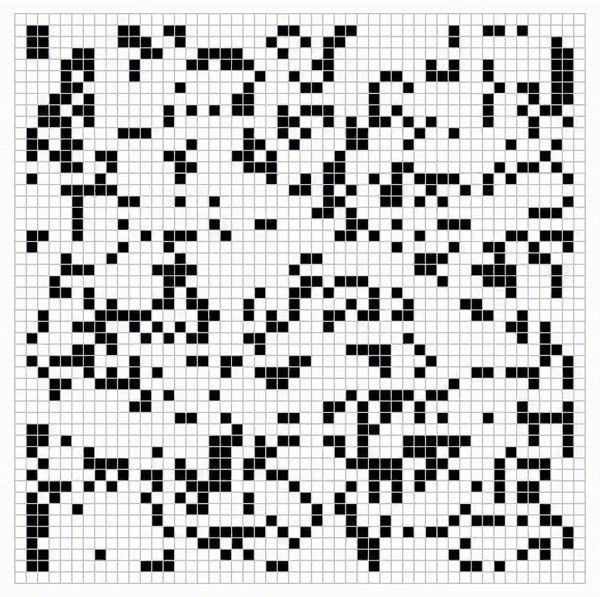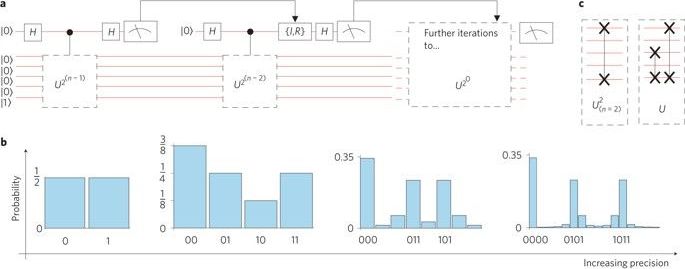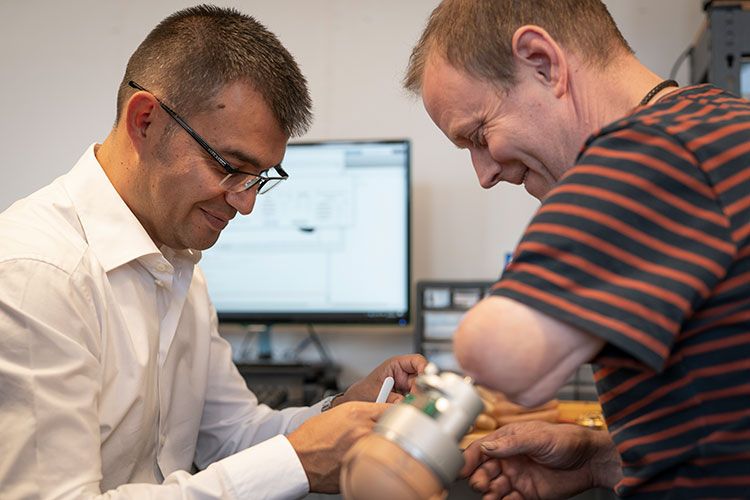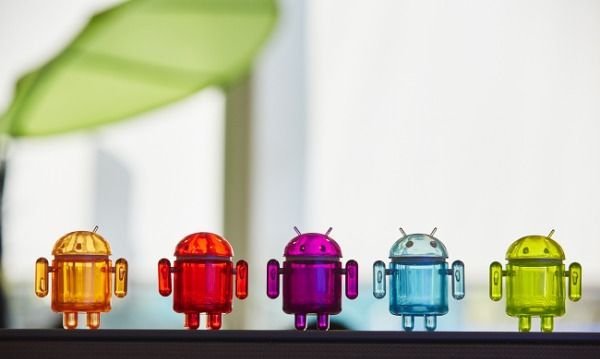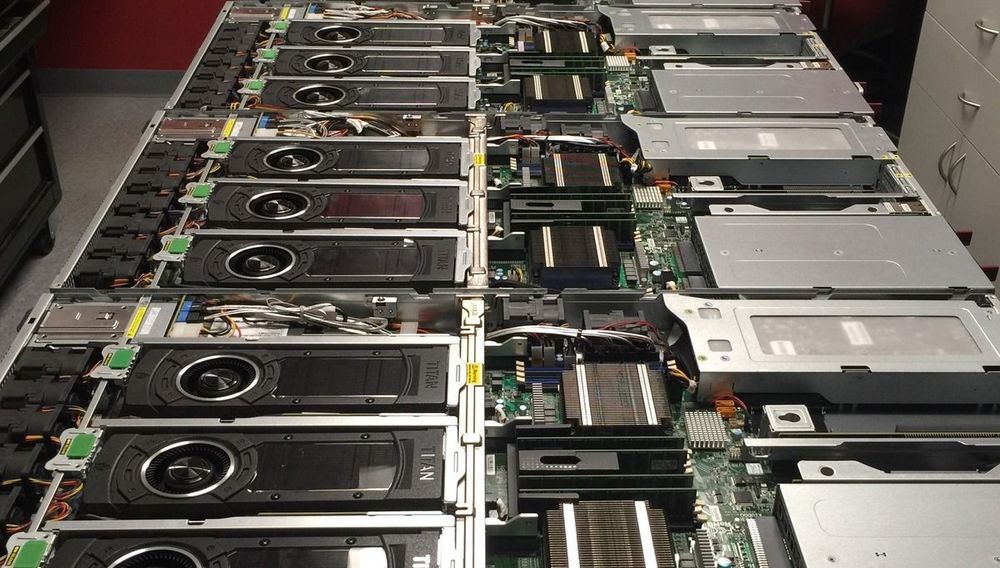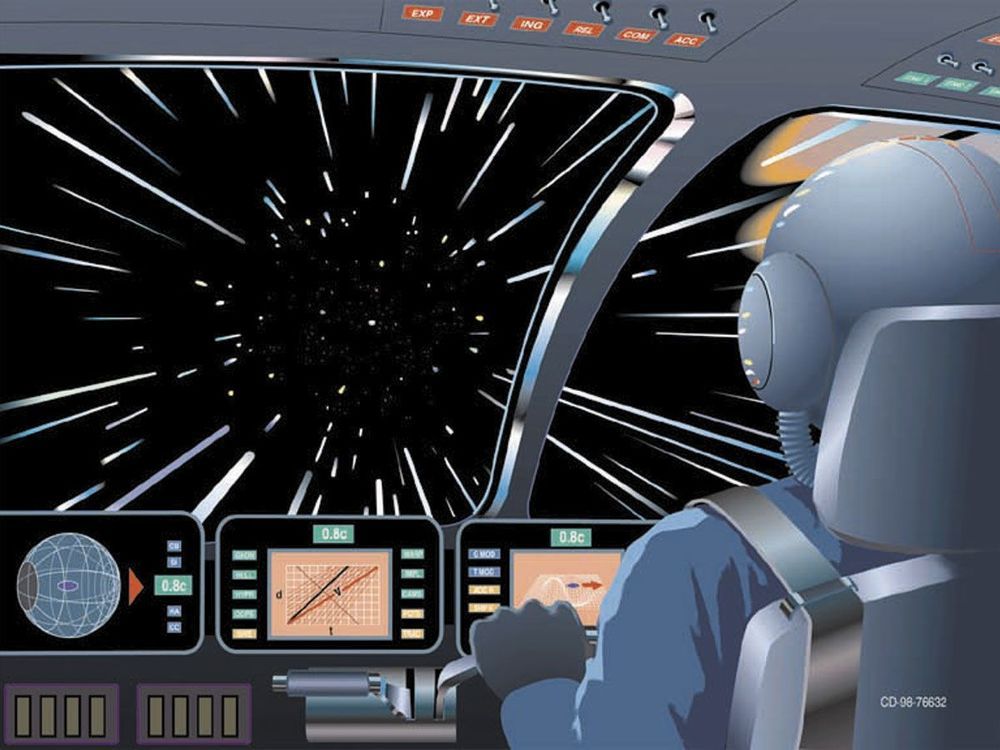A research team including Kanazawa University tests the impact response of the world’s hardest concrete.
Concrete is the most widely used building material in the world and consequently is being continuously developed to fulfill modern-day requirements. Efforts to improve concrete strength have led to reports of porosity-free concrete (PFC), the hardest concrete tested to date. Some of the basic properties of PFC have already been explored, and now a team including Kanazawa University has probed the impact response of this innovative material. Their findings are published in International Journal of Civil Engineering.
Ultra-high-strength concrete offers significant advantages including reducing the weight of large structures and protecting them against natural disasters and accidental impacts. PFC is an ultra-high-strength concrete whose properties can be further enhanced by incorporating steel fibers.
